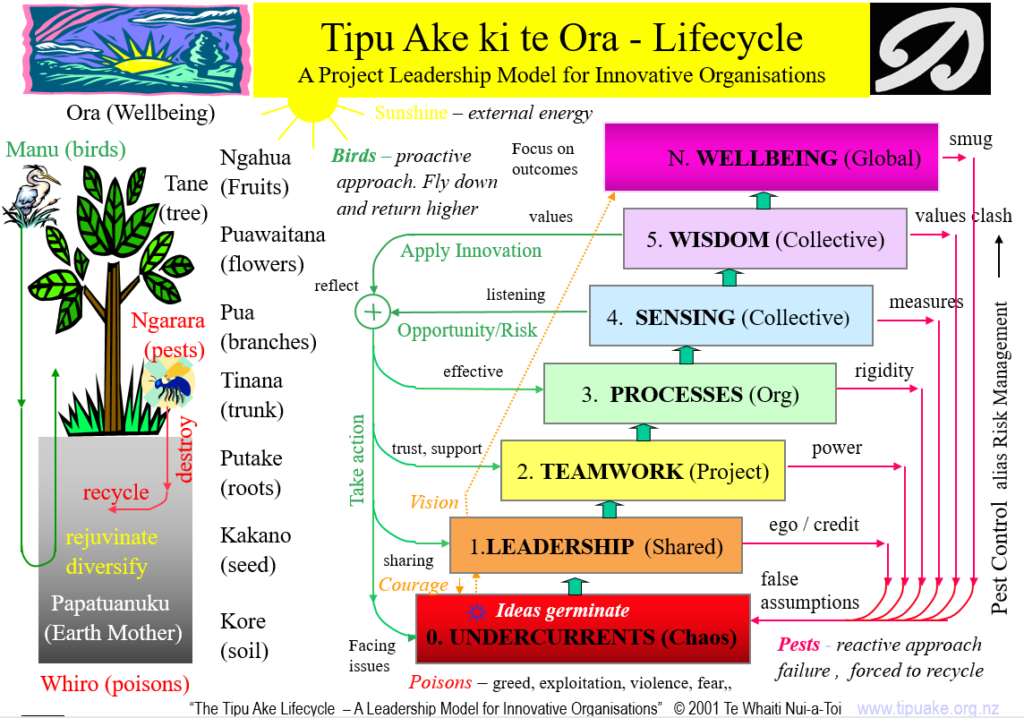Business and leadership models have embraced multivariate changes over the last few decades, fuelled by tectonic shifts in technology and the continuous evolution of mobile and web mediums that drive the innovation imperative. Resistance, inertia, proponents, anxieties and prophecies all culminate as the natural tempo within change management and digital transformation projects. These forces change the operating environment in which enterprises compete and it rapidly becomes apparent that the use of traditional concepts, tools and frameworks that worked yesterday fails in assisting the management of emergent forces that drive rapid industry change. Digital leadership becomes a prime focal point enterprise wide and everyone from front line, middle office and executes are vested with a mandate to deliver business transformation.
Here, executives may think that bringing in outsiders with an array of ‘best practice’ frameworks will help drive the operational agenda but these consultants usually bring a ‘one size fits all’ mentality and do not align themselves against the modus operandi of the firm. The inability to comprehend the tacit elements and gears of the enterprise together with a mismatch on strategic outlook leads to overshooting the transformation directive. For example, the external consultants may have a specific strategy in mind to accommodate the firms intent to enhance organisational performance through digital tools; but its clear that no single tool will deliver speed or innovation. The consultants may draw on previous experience where tool A worked for this same goal but negate the implicit differences between firms, industries and especially operating processes. As consultants, they may come armed with an arsenal of templates and solutions that have been developed by the consulting firm in question with the blessings of previous engagements but working on digital transformation requires comprehension of the internal environment of the company (system dynamics) as well as setting an imperative to nurture the right mindset. This element is important as there might be strong inertia on the adoption trajectory of the new tools in the absence of an actual change management plan and for this reason, it’s always better to leverage insiders first when undertaking any kind of digital transformation. The insiders after all have intimate knowledge about what works and what doesn’t in their daily operations. It’s true that new technologies aimed at improving organisational productivity can fail at doing so not because of the fundamental flows in the technology but because tacit, insider knowledge has been overlooked. This is extended when digital transformation includes customers into the feedback loop in order to design customer experience from the outside in. Here, maximising customer satisfaction is often the goal as this is a key metric that is tied directly to what digital transformation aims to achieve but in order to realise maximum effectiveness its core to implement and induce smaller scale changes to different tools at different points of the service cycle.
Another intrinsic element for digital transformation rests on the ability to recognize employees fears of being replaced as this can serve as strong resisting forces in the face of change management either consciously or unconsciously. The thinking that if the digital transformation fails and their jobs will be saved is anti-evolutionary and inhibits the natural progression of the enterprise. Its key here to give employees control over how the digital transformation will unfold by engaging them from the inside out. More on the inside out process can be read here . Its key for managers here to treat internal and external forces as a complex adaptive system
Whilst there might be an agenda for encouraging customer and employee contributions into the strategic, operational and tactical plans of the enterprise; its often difficult to monitor the throughputs discerningly as players in the system often operate in silos and are disconnected with key change agent. Every participant in the enterprise can offer invaluable insights that should be channeled through a mechanism that identifies, develops and formulates an innovative directive that enhances the firms value delivery (internally and externally). The enterprise that wishes to innovative in the current context needs to firstly embrace the ten network imperative principals. The ten principles are:
- Create digital capabilities
- Invest in intangible assets
- Actively allocate your capital
- Lead through co-creation
- Invite your customers to co-create
- Focus on subscriptions, not transactions
- Embrace the freelance movement
- Integrate big data
- Choose leaders who represent your customers
- Open your mind to new possibilities
A powerful model for nurturing these capabilities is the Tipu Ake Ki Te Ora Lifecycle model for innovative organisations, which is described in this article. I also include a diagram of it below:

Its clear then that going back to the fundamentals – focusing on mindset, the internal engagements, organistional culture and process before deciding which digital tools to use and how to use them. In order to envision a future state, its important what the members envision drives the technology – not the other way around.



You have brought up a very good points, regards for the post. Art Oberly